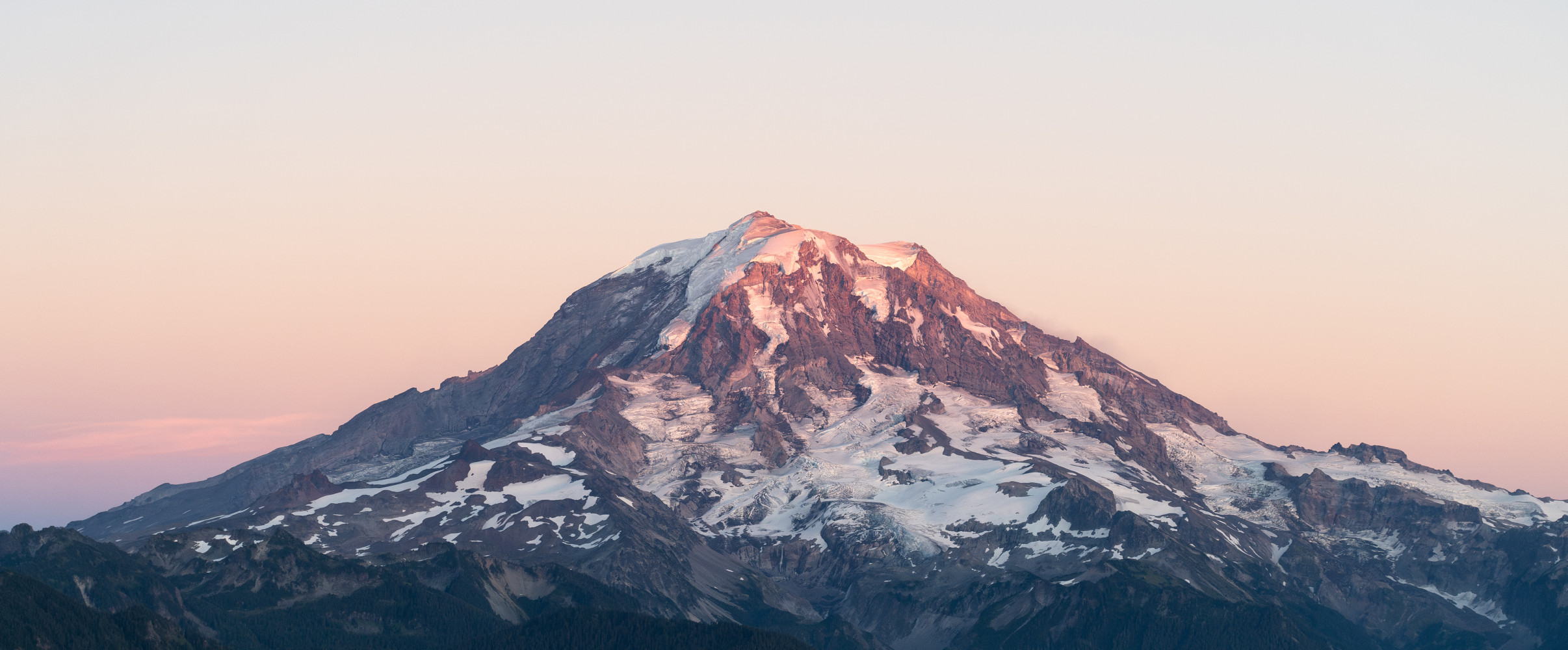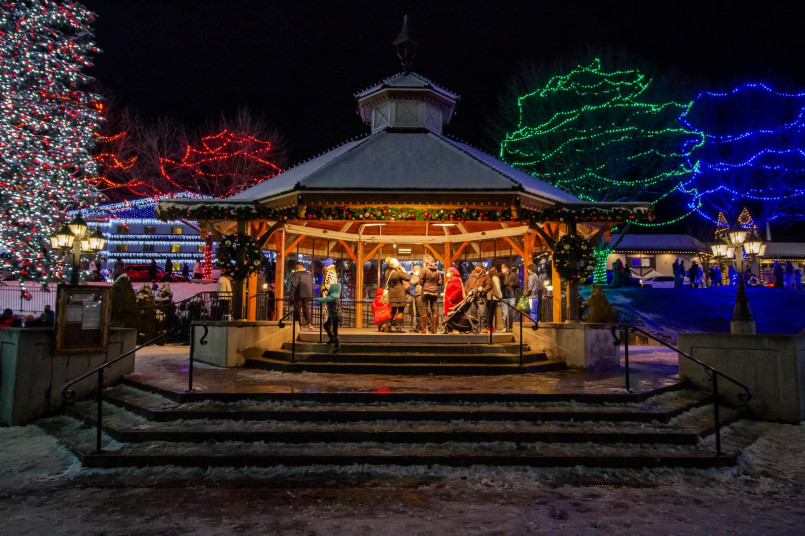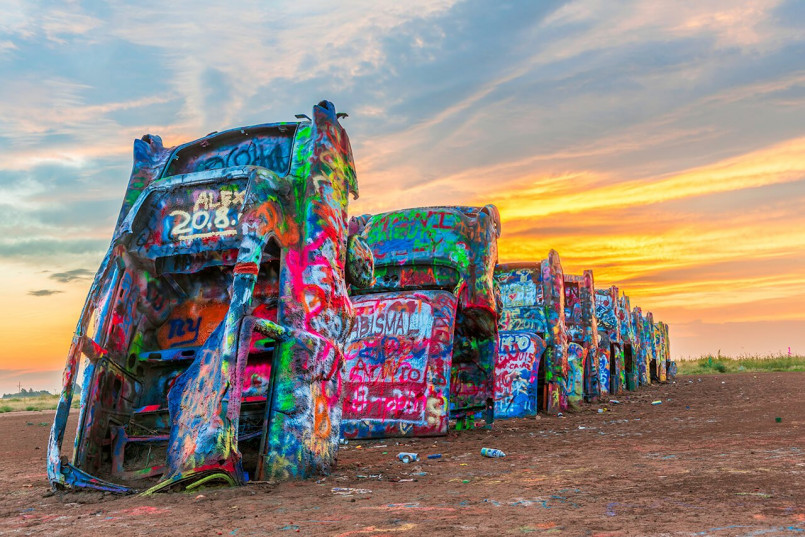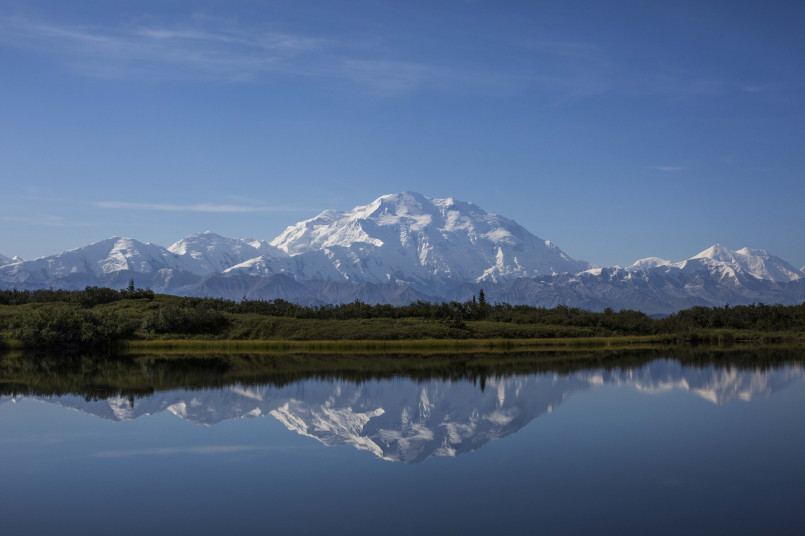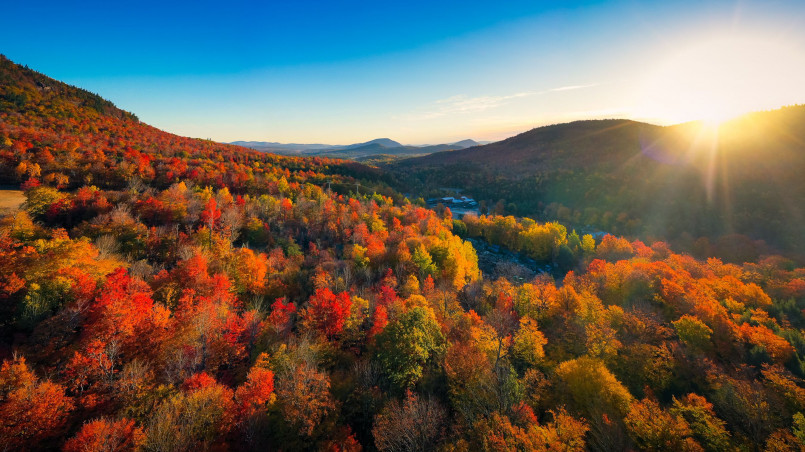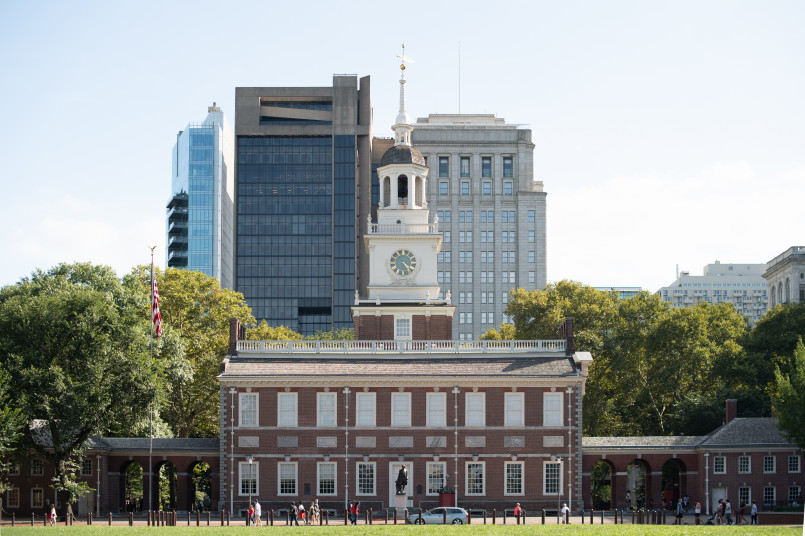America's geological wonders include some of the world's most fascinating volcanoes. From Hawaii's fiery active systems to the towering dormant cones of the Cascade Range, you can experience the raw power and beauty of these volcanic formations without ever needing a passport.
The United States is home to some of the world's most impressive and diverse volcanic landscapes. From actively flowing lava in Hawaii to snow-capped volcanic peaks in the Pacific Northwest, you can witness the dramatic power of these geological wonders without ever leaving American soil. Whether you're a geology enthusiast or simply appreciate breathtaking natural scenery, these volcanic destinations offer unforgettable experiences that showcase Earth's dynamic forces.
This guide explores the most spectacular volcanoes across the USA, from those currently showing activity to dormant giants that have shaped the American landscape over millennia. Each offers unique features, stunning views, and opportunities to better understand the geological processes that continue to shape our planet.
Hawaiian Volcanoes: Where Fire Meets Paradise
Hawaii is home to some of the world's most active volcanoes, creating a landscape where destruction and creation happen simultaneously. The Hawaii Volcanoes National Park on the Big Island offers visitors front-row seats to this spectacular geological show.
Kilauea, one of the world's most active volcanoes, has been erupting almost continuously since 1983. Visitors can witness steam vents, sulfur banks, and sometimes even flowing lava, depending on current activity levels. The Halemaʻumaʻu crater often glows at night when active, creating an otherworldly scene.
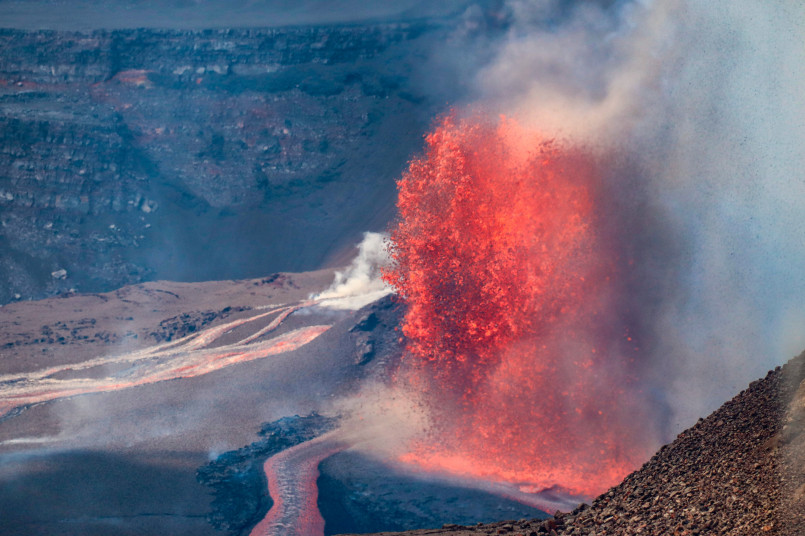
Mauna Loa, the world's largest active volcano when measured from its underwater base, offers impressive hiking trails and viewpoints. Rising more than 13,600 feet above sea level, it's a massive shield volcano with a history of impressive eruptions.
Mauna Kea, technically dormant but not extinct, stands as Hawaii's tallest peak. Its summit hosts world-class astronomical observatories and offers spectacular sunset views above the clouds.
Cascade Range Volcanoes: Pacific Northwest Giants
The Cascade Volcanic Arc stretches from Northern California through Oregon and Washington into British Columbia, featuring some of America's most iconic mountain landscapes.
Mount Rainier in Washington dominates the Seattle skyline and stands as the most glaciated peak in the contiguous United States. This massive stratovolcano rises 14,410 feet and is considered one of the most dangerous volcanoes in the world due to its proximity to populated areas. The national park surrounding it offers excellent hiking trails with spectacular wildflower displays in summer.
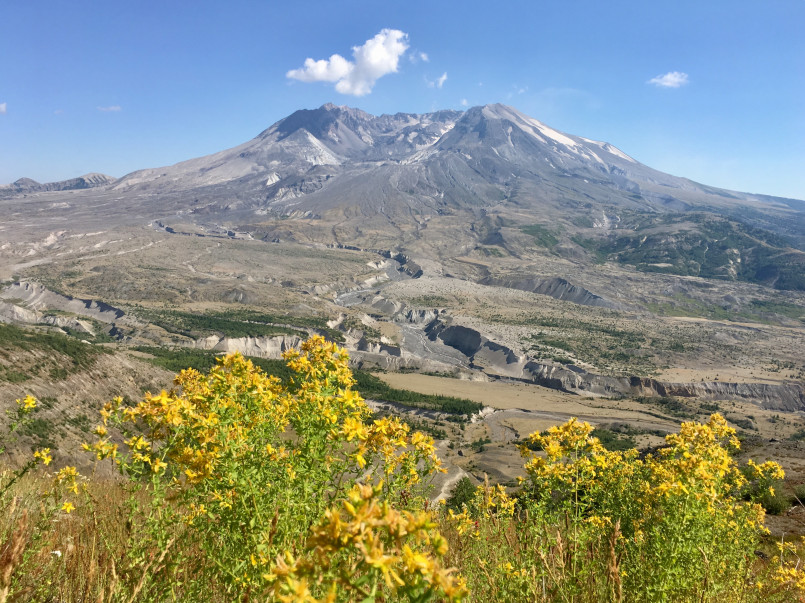
Mount St. Helens, also in Washington, provides a sobering glimpse of volcanic power. Its catastrophic 1980 eruption dramatically altered the landscape, and today visitors can see the recovering ecosystem and massive crater. The Johnston Ridge Observatory offers educational exhibits and spectacular views of the crater.
Mount Hood in Oregon stands as the state's highest peak and hosts year-round recreation, from skiing to summer hiking. Though dormant, it's considered potentially active and is closely monitored.
Other notable Cascade volcanoes include Crater Lake, formed in the caldera of Mount Mazama after its collapse around 7,700 years ago, now filled with stunningly blue water, and Lassen Peak in California, which last erupted between 1914 and 1917.
Yellowstone Supervolcano: America's Hidden Giant
Beneath the famous geysers and hot springs of Yellowstone National Park lies one of the world's largest volcanic systems. Unlike traditional cone-shaped volcanoes, Yellowstone is a supervolcano with a massive underground magma chamber.
Evidence of its power is everywhere in the park. Old Faithful and other geysers, colorful hot springs like Grand Prismatic Spring, and bubbling mud pots all demonstrate the active geothermal system powered by the underground heat.
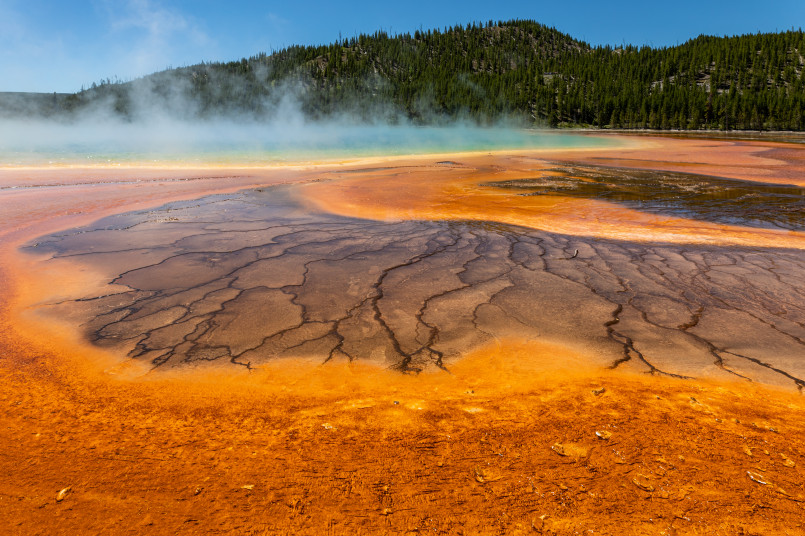
The park itself sits in a caldera (volcanic depression) created by massive eruptions approximately 2.1 million, 1.3 million, and 640,000 years ago. While another catastrophic eruption isn't expected anytime soon, the ongoing geothermal activity makes Yellowstone one of America's most fascinating volcanic landscapes.
Alaskan Volcanic Wonders: America's Last Frontier
Alaska hosts the eastern portion of the Ring of Fire, with over 40 active volcanoes that have produced about 80% of all historical eruptions in the United States.
Valley of Ten Thousand Smokes in Katmai National Park was created by the largest volcanic eruption of the 20th century in 1912 when Novarupta volcano exploded. Today, visitors can see the dramatically altered landscape where thousands of fumaroles (smoke vents) once filled the valley.
Mount Redoubt, one of Alaska's most active volcanoes, stands 10,197 feet tall and last erupted in 2009, sending ash clouds miles into the atmosphere. Scenic flights offer the best views of this impressive peak.
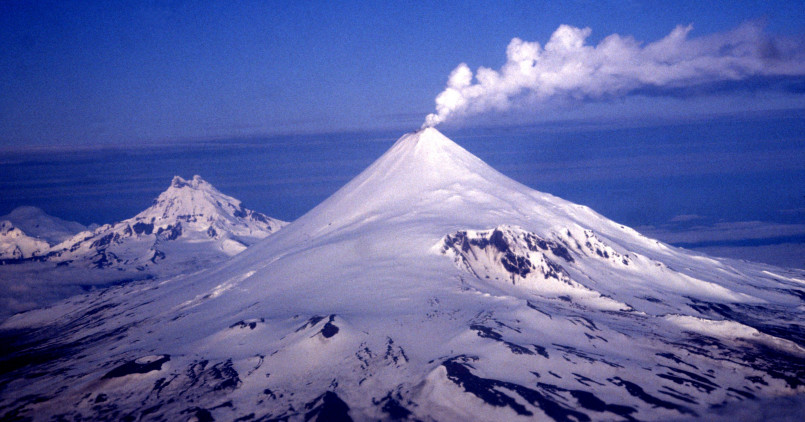
The Aleutian Islands chain contains numerous volcanic peaks, many active, creating a rugged and remote landscape where adventurous travelers can witness virtually untouched volcanic scenery.
Ancient Volcanic Formations Worth Visiting
Not all of America's volcanic wonders are recent or active. Ancient volcanic activity has created some of the country's most unusual landscapes.
Craters of the Moon National Monument in Idaho features vast fields of basaltic lava flows and cinder cones from eruptions between 15,000 and 2,000 years ago. The bizarre, moon-like landscape offers hiking trails through lava tube caves and unusual volcanic features.
Devils Tower in Wyoming rises dramatically from the surrounding landscape. This famous formation, featured in "Close Encounters of the Third Kind," is believed to be the exposed neck of an ancient volcano after surrounding softer rock eroded away.
Capulin Volcano National Monument in New Mexico preserves a nearly perfect cinder cone volcano that last erupted about 60,000 years ago. Visitors can drive to the rim and hike around the crater for panoramic views of four states.
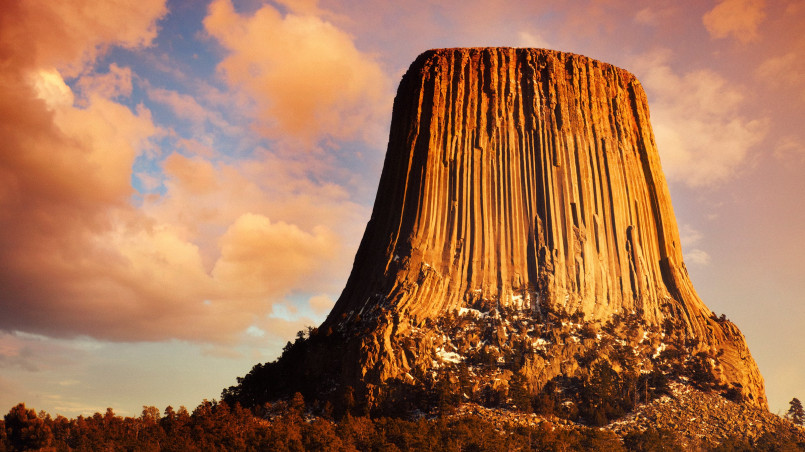
Sunset Crater Volcano National Monument near Flagstaff, Arizona, showcases relatively recent volcanic activity from about 900 years ago. The cinder cone and surrounding lava fields demonstrate how volcanic activity shaped the Southwest.
Planning Your Volcano Visit: Tips and Considerations
When planning to visit America's volcanoes, several factors can help ensure a rewarding experience:
Seasonal access varies significantly. Many Cascade volcanoes have limited access during winter months due to snow, while summer brings crowds but optimal hiking conditions. Hawaii's volcanoes can be visited year-round, though rain is more common in winter.
Monitoring volcanic activity before your trip is essential, especially for active volcanoes. The USGS Volcano Hazards Program provides current activity updates and alerts that may affect accessibility.
Altitude considerations are important when visiting higher volcanoes. Many peaks exceed 10,000 feet, where altitude sickness can affect visitors. Allow time to acclimate and bring appropriate gear.
Guided tours offer educational value and safety. Many volcanic parks offer ranger-led programs that provide geological insights and ensure you experience the best features safely.
Photography tips: Morning and evening light typically offers the most dramatic volcanic landscapes. For active volcanoes with visible lava, dusk and nighttime provide spectacular opportunities, though specialized equipment may be needed.
Remember that these powerful natural features deserve respect. Always follow park guidelines, stay on designated trails, and heed all warnings about active areas or dangerous conditions.
Frequently Asked Questions About 15 Stunning Volcanoes to See Without Leaving the USA
Can I actually see flowing lava at any volcanoes in the USA?
Yes, Hawaii's Kilauea volcano frequently offers opportunities to see active lava flows, though exact viewing conditions depend on current eruption patterns. The Hawaii Volcanoes National Park provides updates on viewing possibilities, which can range from distant observation points to closer access when safe. No other US volcanoes currently offer reliable lava viewing, though Mount St. Helens occasionally shows minor activity.
What's the most family-friendly volcano to visit in the USA?
Crater Lake National Park in Oregon offers the most family-friendly volcanic experience. The massive caldera filled with stunning blue water is easily accessible by car, has visitor centers with kid-friendly exhibits, and offers ranger programs specifically designed for children. Yellowstone is also excellent for families, with boardwalks providing safe viewing of geothermal features and predictable geyser eruptions that fascinate visitors of all ages.
How dangerous is it to visit active volcanoes in the USA?
When following park guidelines and respecting closures, visiting active volcanoes in the USA is generally safe. National Parks and Monuments with volcanic features have monitoring systems and will close dangerous areas during increased activity. The main hazards include unexpected steam explosions, volcanic gases (particularly harmful to those with respiratory conditions), and unstable ground near active sites. Always check current alerts before visiting and never venture into restricted areas.
Are there any volcanoes in the eastern United States?
The eastern United States doesn't have active volcanoes like the western regions. However, there are ancient volcanic sites, including Mount Katahdin in Maine (formed by volcanic activity about 400 million years ago) and the Palisades along the Hudson River in New York/New Jersey, which formed from magma intrusions. Most eastern volcanic formations are heavily eroded and may not be immediately recognizable as volcanic in origin.
What should I pack for visiting volcanic areas?
Essential items include sturdy hiking boots with good traction for rough volcanic terrain, layers of clothing (temperatures can vary dramatically), sun protection (UV exposure is often intense at higher elevations), plenty of water, a respirator mask for areas with volcanic gases, a headlamp if exploring lava tubes or for potential night viewing, and a camera with extra batteries. For snow-covered volcanoes like those in the Cascades, additional winter gear may be necessary depending on the season.
